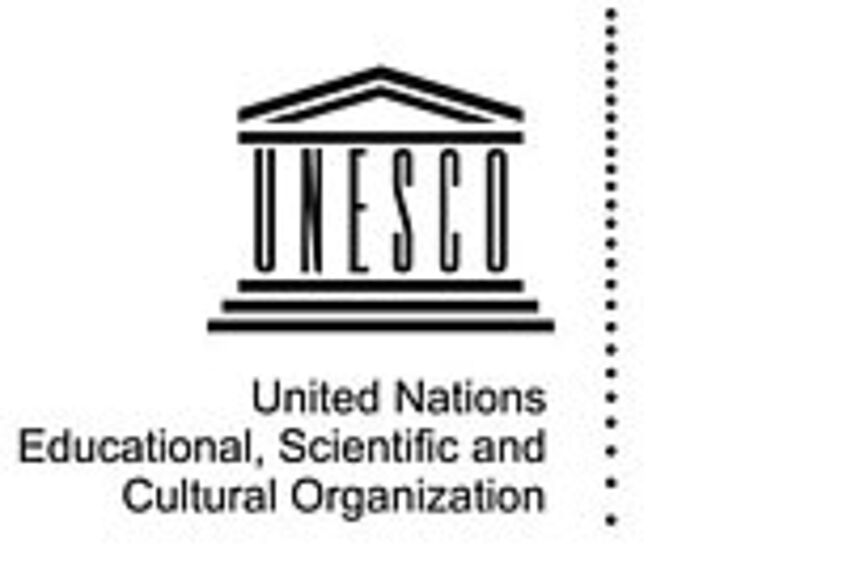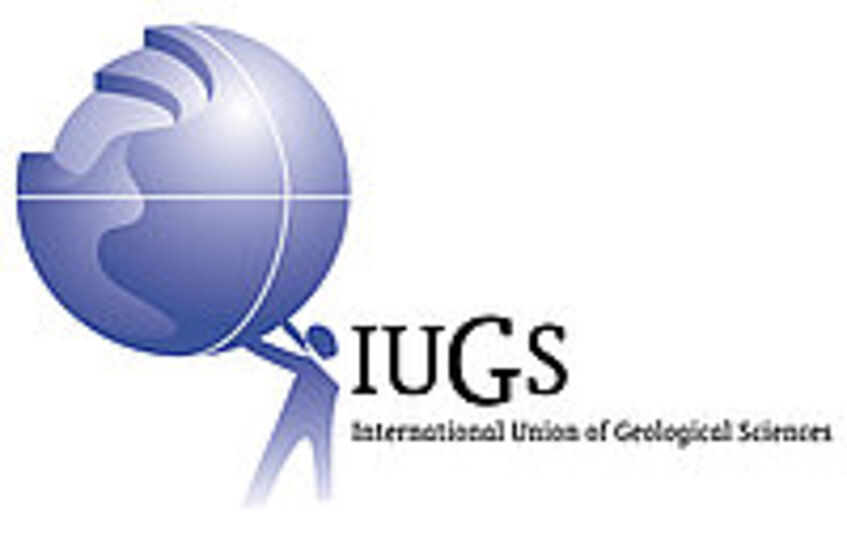Climate-environmental deteriorations during greenhouse phases: Causes and consequences of short-term Cretaceous sea-level changes
2013-2017: UNESCO/IUGS International Geoscience Program IGCP 609 co-funded by the Austrian Academy of Sciences / Federal Ministry for Education, Science and Culture (BMBWK).
www.univie.ac.at/igcp609/

Principal Investigators:
Michael Wagreich (University of Vienna)
Xiumian Hu (Nanjing, China PR)
Silke Voigt (Frankfurt, Germany)
Julleh Jalalur Rahman (Dhaka, Bangladesh)
Ismail Omer Yilmaz (Ankara, Turkey)
Svetlana Zorina (Kazan, Russia)
Secretary:
Benjamin Sames (University of Vienna)
Overview:
IGCP 609 investigates the causes, processes, and consequences of sea-level changes in the Cretaceous greenhouse world.
Description:
The recent rise in sea-level in response to increasing levels of atmospheric greenhouse gases and the associated global warming is a primary concern for society. Evidence from Earth’s history indicate that glacial-interglacial and some more ancient sea-level changes occurred at rates an order of magnitude or more higher than that observed at present. To predict future sea-levels we need a better understanding of the record of past sea-level change.


In contrast to glacial eustasy controlled mainly by waxing and waning of continental ice sheets, short-time sea-level changes during major greenhouse episodes of the earth history are known but still poorly understood. The global versus regional correlation and extend, their causes, and consequences of these sea-level changes are strongly debated.
The proposed project addresses correlation, causes and consequences of significant short-term, i.e. kyr to 100s of kyr, sea-level changes during the last major greenhouse episode of earth history, the Cretaceous.
The long-term sea-level record, i.e. 1st to 2nd order cycles occurring over millions to tens of millions of years, is controlled by the internal dynamic history of the Earth. The changing rates of ocean crust production led first to long-term sea-level rise, high stands, and then decline during Cretaceous times. However, superposed shorter-term, 3rd to 4th order (kyr to 100s of kyr), sea level changes are recorded in Cretaceous sedimentary sequences. The mechanisms for these are controversial and include brief glacial episodes, storage and release of groundwater, regional tectonism and mantle-induced processes.
Recent refinements of the geological time scale using new radiometric dates and numerical calibration of bio-zonations, carbon and strontium isotope curves, paleomagnetic reversals, and astronomically calibrated time scales have made major advances for the Cretaceous. Major international efforts such as EARTHTIME, EARTHTIME-EU and GTSnext programs are improving the Cretaceous time scale to yield a resolution comparable to that of younger Earth history. It is now for the first time possible to correlate and date short-term Cretaceous sea-level records with a resolution appropriate for their detailed analysis.
This project will investigate mid- to Late Cretaceous (120 Ma – 66 Ma) sea-level cycles in detail in order to differentiate and quantify both short- and long-term records within the new high-resolution absolute time scale based on orbital cyclicity. The time interval for study begins with the first major oceanic anoxic event (OAE 1a) and terminates at the end of the Cretaceous. It includes the time of super-greenhouse conditions, the major oceanic anoxic events, the Cretaceous Thermal Maximum and the subsequent cooling to ordinary greenhouse conditions.
The first major goal is to correlate high-resolution sea-level records from globally distributed sedimentary archives to the new, high-resolution absolute time scale, using sea-water isotope curves and orbital (405, 100 kyr eccentricity) cycles. This will resolve the question whether the observed short-term sea-level changes are regional (tectonic) or global (eustatic) and determine their possible relation to climate cycles.
The second goal will be the calculation of rates of sea-level change during the Cretaceous greenhouse episode. Rates of geologically short-term sea-level change on a warm Earth will help to better evaluate recent global change and to assess the role of feedback mechanisms, i.e. thermal expansion/contraction of seawater, subsidence due to loading by water, changing vegetation of the Earth System.
The third goal will be to investigate the relation of sea-level highs and lows to ocean anoxia and oxidation events, represented by black shales and oceanic red beds, and to evaluate the evidence for ephemeral glacial episodes or other climate events. Multi-record and multi-proxy studies will provide a high-resolution scenario for entire sea-level cycles and allow development of quantitative models for sea-level changes in greenhouse episodes.
